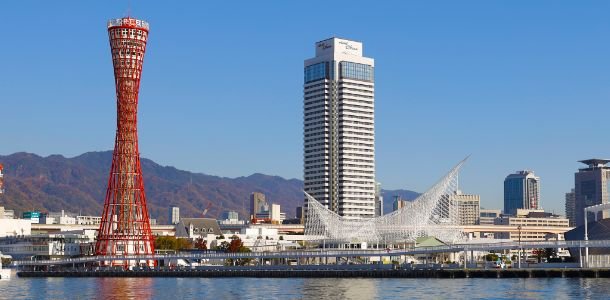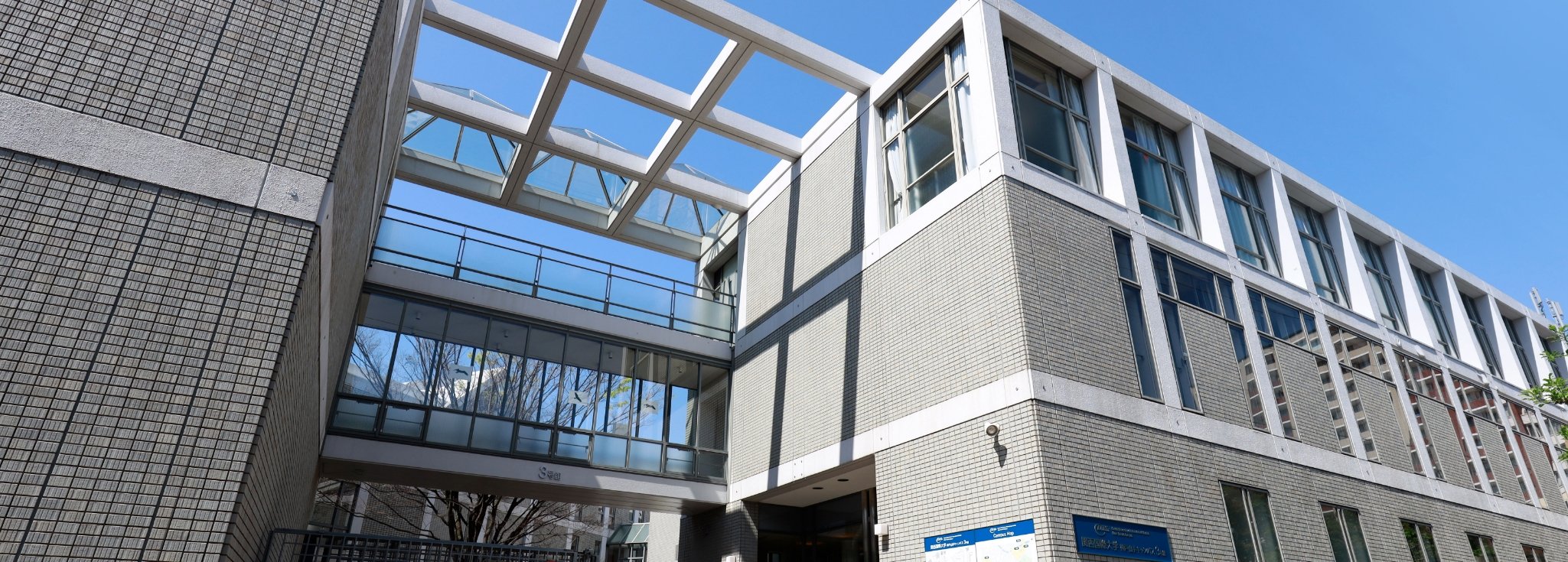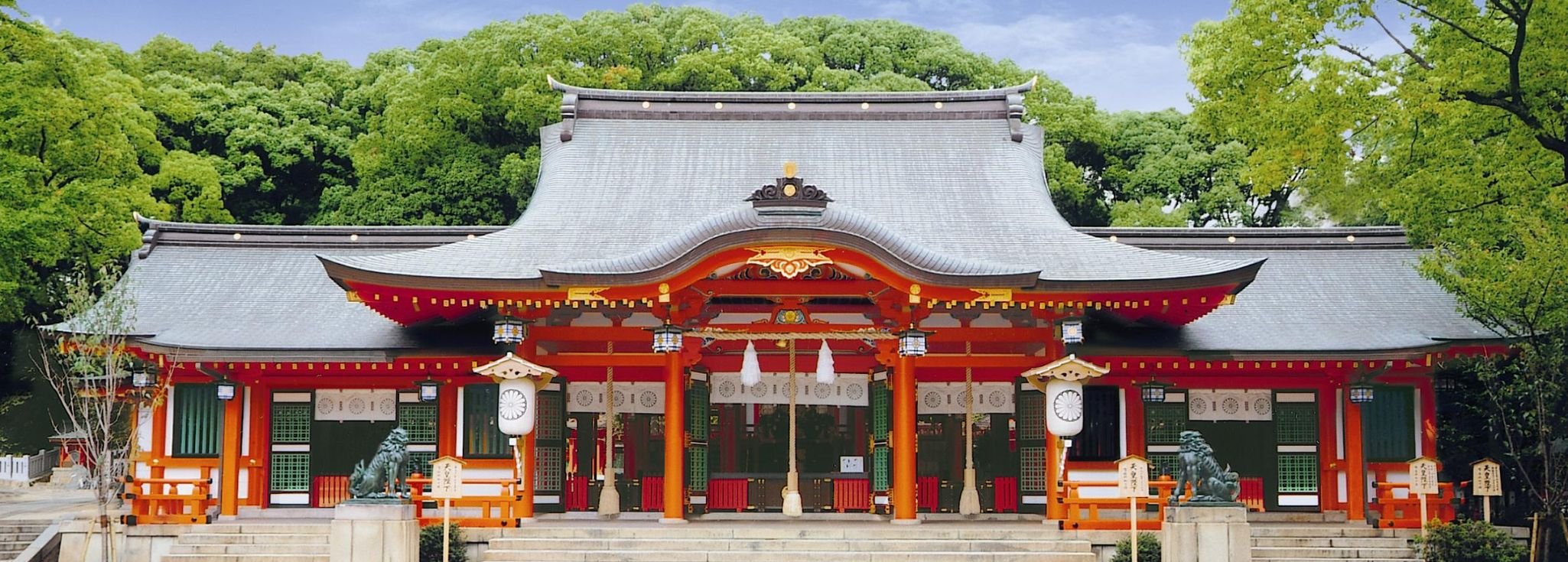
Campus Life & Scholarship
Kobe: An Attractive Destination for International Students to Study!
Japan remains a popular destination for many university students hoping to study abroad. Attracting over 200,000 students in 2019, Japan is the 9th most popular education destination for international students worldwide.
Besides being a nation known for its distinctive culture and history, Japan is attractive to prospective students because of its high-level of safety, convenience and health care. In short, Japan combines unique intercultural experiences with the material amenities of a wealthy G-7 society. Not surprisingly, the latest U.S. News "Best Country" survey ranked Japan #2 in the world, with particularly high scores in culture and quality of life measures.
KUISs Access Map

But where is the best place to live in Japan for international students? Of course, this depends on the individual; but the most common consideration is finding a place that has both a low cost of living and is culturally and economically dynamic.

The need to find an inexpensive place to live is self-evident to university students. Japan is well known for having a high cost of living. But unlike other countries, Japan allows international students to work part-time jobs to pay for their education fees and living expenses. Average hourly wages for part-time jobs generally range from 800 to 1200 yen
https://www.studyinjapan.go.jp/en/job/parttime-works
Combined with comparatively low university tuition (recent government data estimates the average annual tuition for undergraduate non-medical degree students to between 820,000-1,100,000 yen, )
https://www.studyinjapan.go.jp/en/planning/academic-fees/
it is common for international students to be able to pay much, if not all, of their education and living expenses.
Nonetheless, with average monthly living costs (including rent, food and other expenses) estimated at about 93,000 JPY, it becomes important for students to economize. Because Kobe rent and food are 4-6% cheaper on average than other big cities such as Tokyo and Yokohama, students' money can go much further. Coupled with KUISs' many forms of financial aid and tuition discounts for international students https://www.kuins.ac.jp/admission/guide/expense.html
it becomes possible for international students, regardless of their economic background, to come to Japan to study.
| 2021 Consumer Price Index | Aggregate Consumer Price Index |
CPI with Rent Excluded | Food Costs | |
|---|---|---|---|---|
| National Average=100.0 | 100.0 | 100.0 | 100.0 | |
| Select Japanese Cities | ||||
| Sapporo | 100.6 | 101.4 | 101.7 | |
| Saitama City | 101.1 | 101.0 | 99.6 | |
| Chiba City | 100.6 | 100.8 | 101.9 | |
| Tokyo | 105.3 | 103.0 | 102.9 | |
| Yokohama | 103.6 | 102.9 | 102.0 | |
| Kyoto | 101.1 | 100.8 | 101.5 | |
| Osaka | 100.7 | 100.1 | 100.3 | |
| Kobe | 99.9 | 99.9 | 100.3 | |

At the same time, most international students want to live in a city that is culturally interesting, welcoming to foreigners, and, if they intend to look for a job after graduation, economically prosperous. Kobe, as the port city of the larger Kansai megapolis of Osaka, Kyoto and Nara, is one such place. With a metropolitan population equal to New York City, Kansai's $700 billion GDP makes it one of the top-10 wealthiest urban centers in the world.
https://www.visualcapitalist.com/wp-content/uploads/2021/08/Global-Wealth-Distribution.html
The diversity and dynamism of the Kansai economy is also one reason why KUISs has consistently high job placement rates, exceeding over 97% among recent graduates.
https://www.kuins.ac.jp/lifesupport/career/situation.html

Similarly, Kansai's well-developed infrastructure, safety, and moderate climate has made it (along with Melbourne Australia) the only city to be ranked in the top-10 in the Economist's Global City Liveability Rankings since 2018
https://www.eiu.com/n/campaigns/global-liveability-index-2021/
Less than an hour away from historic Kyoto and 30-minutes away from the bustling center of of Osaka, Kobe is itself distinctive for its international feel. It's Chinatown and 19th century foreign concession area give the city a cosmopolitan feel that is particularly welcoming to foreigners. Kobe's Chuo Ward and Amagasaki City (the locations of two KUISs' campuses) have some of the largest communities of foreign residents in the country.
https://resources.realestate.co.jp/living/where-foreigners-live-in-japan-ranking-of-top-100-cities-and-wards/ The prefecture itself has some of the nation's largest communities of Vietnamese, Chinese, Koreans, Americans, Indians, Italians, Germans and British.
https://stats-japan.com/t/categ/50009
Because of these foreign influences, Hyogo prefecture also has some of the highest consumption rates of butter and milk, and is known throughout Japan for its delicious European style pastries, and bakeries. https://stats-japan.com/t/categ/50001
Japanese Valentine's Day was actually first started by a Kobe confectioner! And of course, Kobe is known worldwide for its world-renowned Kobe steak!
